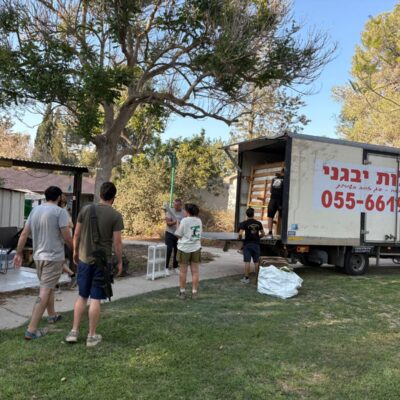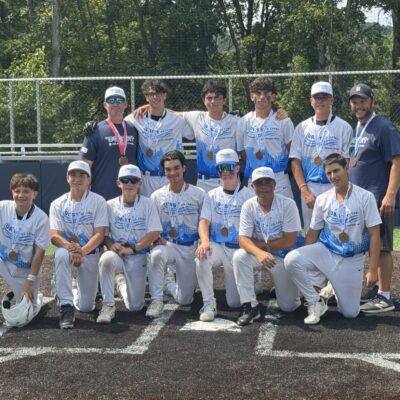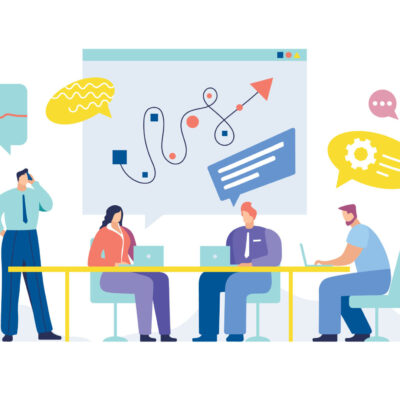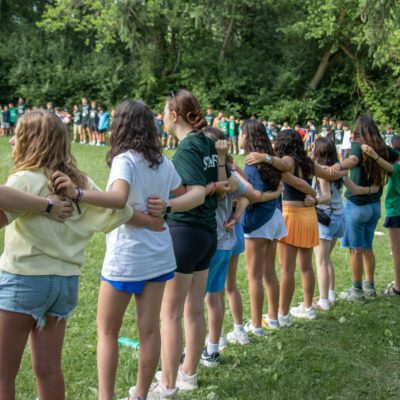Opinion
READER RESPONDS
After the call for unity, now what?: A response from the grant seeking side
Last month, respected leaders from across the organized Jewish world signed a public call for unity, published in eJewishPhilanthopy (“Let’s stop the infighting: A call for unity,” May 27). Their message was timely and necessary. I thank them for being willing to reimagine the possibilities. They encourage us all to think bigger. Better.
I have been in the Jewish nonprofit world for more than three decades and will now echo that call for unity, reimagining possibilities for nonprofits to use the finite financial resources and scarce human capital more strategically and for greater impact.

Yulia Reznikov/Getty Images
There are over 11,000 Jewish nonprofits that generate a collective $13 billion annually. For comparison, Microsoft generates similar revenues and has one CEO; we have 11,000 chief executives with their fiduciary boards deciding how to spend $1.2 million each on average. Success is not measured by the number of nonprofits we run, but by the impact we have collectively.
The uncomfortable truth? Too many Jewish nonprofit organizations are duplicating each other’s efforts. There is too much competition making it difficult for funders to know how and where to allocate resources.
At this time we don’t have the luxury of fragmentation. As an infinitesimally small part of the global population, our enemies do not care whether we are Orthodox, Zionist or secular. To them, a Jew is a Jew.
So what can we do?
If you lead a legacy organization, try to reimagine how your considerable infrastructure could support new initiatives, reward innovation and partnership, increase impact and reduce burnout.
If you lead a small organization, if your impact is hard to quantify, or if you’re fundraising just to stay afloat — I urge you to rethink. It is not a failure to join forces with a competitor. It is not a weakness to close a program if your skills can be better used elsewhere.
And you are a funder, you may not realize just how much precious time nonprofits expend on you — and a hundred other organizations just like you. Creating easier pathways to navigate and access funding opportunities will reduce time and increase success rates for both sides. Providing capacity grants to support young organizations with big ideas will both incentivize and provide support to our greatest assets — the nonprofit professionals who are out on the frontline.
But mostly, we need to prune if we want to bear more fruit.
Let me give you a concrete example. There are approximately 200 organizations in the U.S. working to counter antisemitism. The threat is real and the response is laudable; but if each organization would agree to merge or partner their program with one other, strategic focus would increase, more impact would be delivered and donor confidence would rise.
What’s the evidence? Easier said than done? Here is a precedent: When I directed USC Shoah Foundation, we merged the Holocaust education program Echoes and Reflections into a single joint venture with the Anti-Defamation League and Yad Vashem. It was hard to do. All parties had something to contribute, but they also had to give something up — their independence. Ultimately, though, we were stronger together. Fifteen years on, Echoes and Reflections has reached 168,000 educators, and 10 million students last year alone.
Do not read this and think it is for someone else. We can all play a role in this reimagining. Recently, I too had to swallow my own bitter pill when I realized that other providers had better solutions to counter antisemitism than I did. Notwithstanding my 30 years of experience in the field, I let some things go, ultimately shifting my focus to something that I could do even better — strengthening Jewish identity through digital storytelling conducted in partnership with other organizations. The impact is already greater.
To my fellow nonprofit leaders: Funders invest in impact not ideas or even ideals. They want scale, strategy and demonstrable outcomes. Our role is to offer impact-generating solutions that they can invest in —not compelling pitches for money. Collaborating with others, including — especially — your competitors, is likely to be the fastest way to solve the problem you care about most.
To the funders who signed the unity letter: Thank you for your leadership. Would you be willing to coordinate community-wide strategies, such as big funding buckets for big problems or a common grant application? Would you help increase capacity, in return for more partnerships, and make resource allocation easier and faster for all?
The world may be in crisis, but we are as resilient as ever. There is no better time to reimagine the shared relationship between funders and nonprofits than now. It will take us all giving some things up to accomplish more together, but creating greater impact is the one thing that funders, nonprofits and beneficiaries can all agree is worth it — and that is what should unite us.
Stephen D. Smith is the CEO of Memory Workers and executive director emeritus of USC Shoah Foundation. Today he works with both nonprofits and funders on finding sustainable, impact-based strategies.














